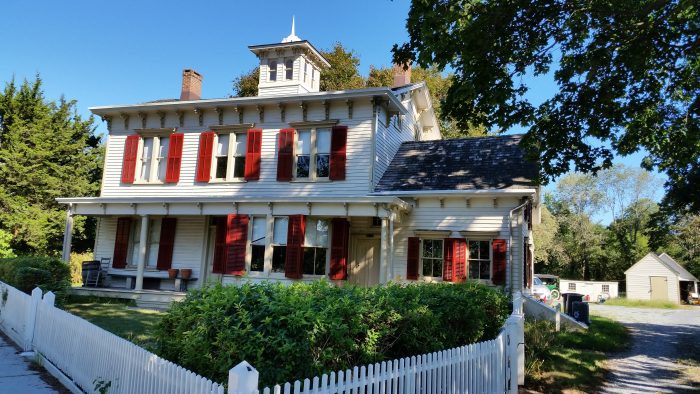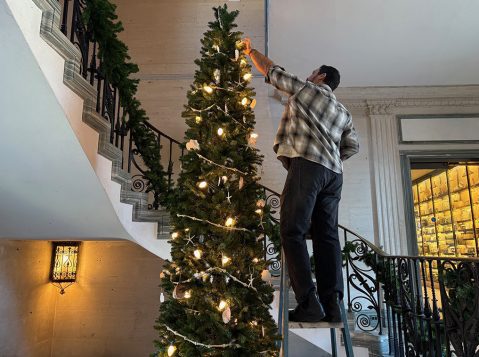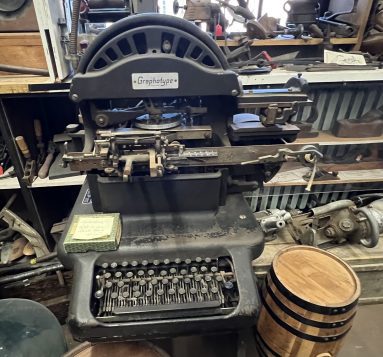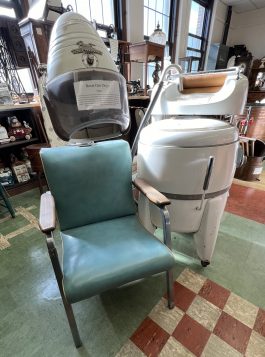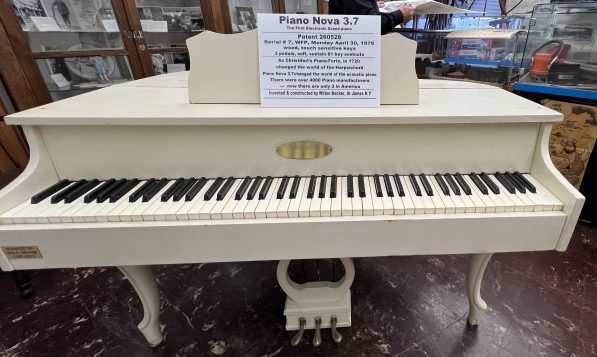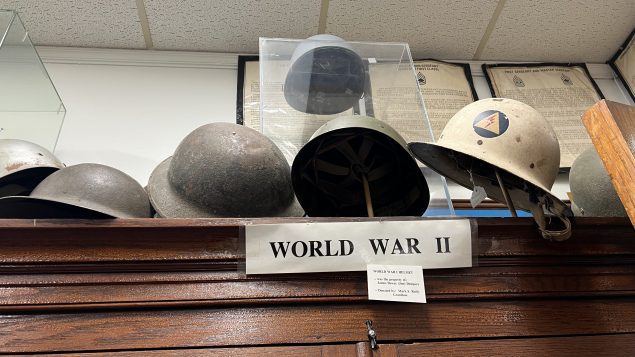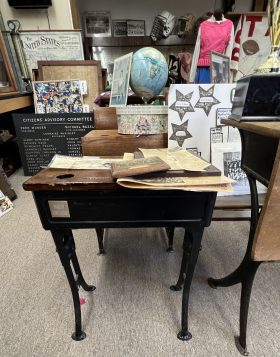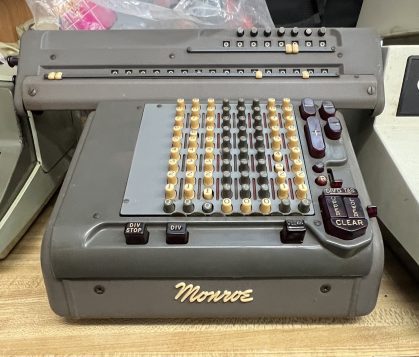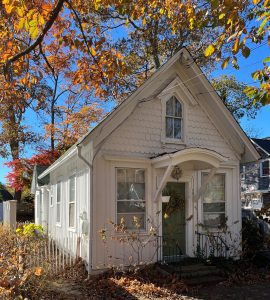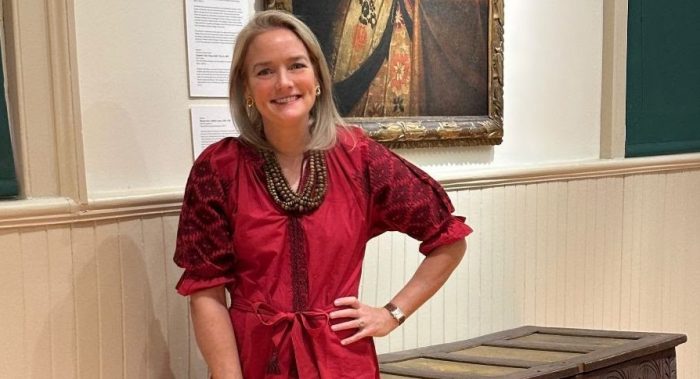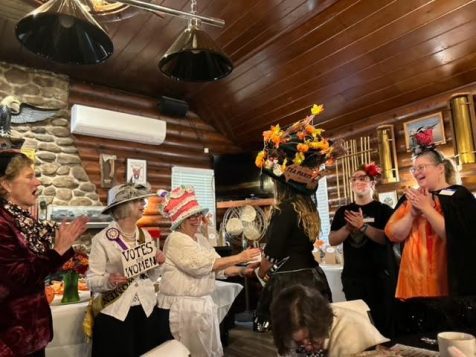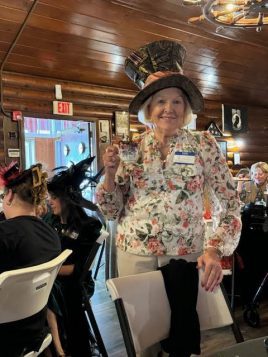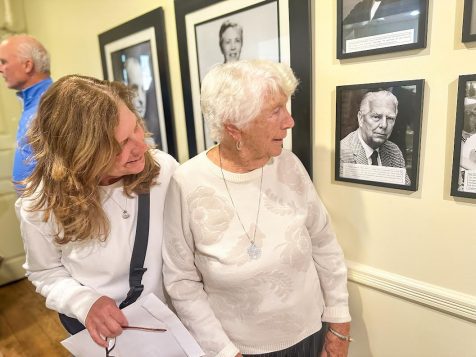1 of 29
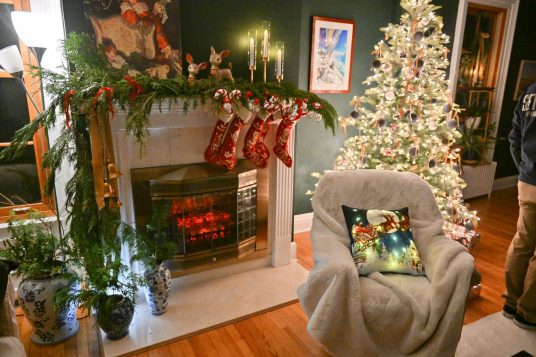
Scene from the Three Village Historical Society's 45th annual Candlelight House Tour. Photo by Bill Landon

Scene from the Three Village Historical Society's 45th annual Candlelight House Tour. Photo by Bill Landon
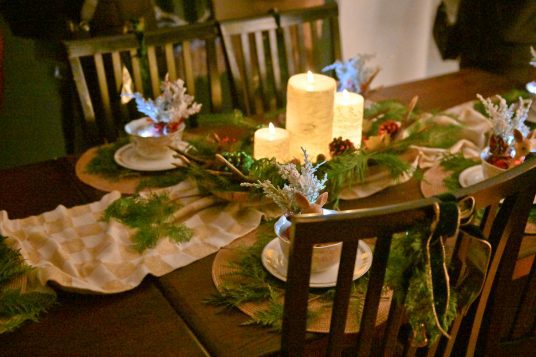
Scene from the Three Village Historical Society's 45th annual Candlelight House Tour. Photo by Bill Landon
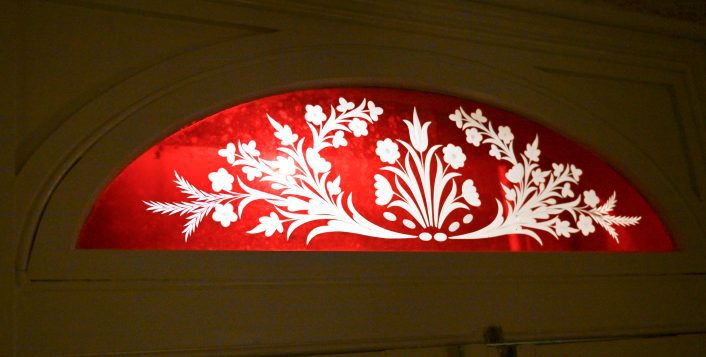
Scene from the Three Village Historical Society's 45th annual Candlelight House Tour. Photo by Bill Landon

Scene from the Three Village Historical Society's 45th annual Candlelight House Tour. Photo by Bill Landon
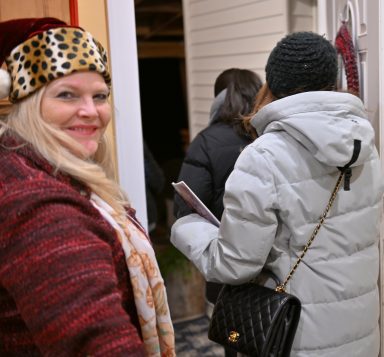
Scene from the Three Village Historical Society's 45th annual Candlelight House Tour. Photo by Bill Landon
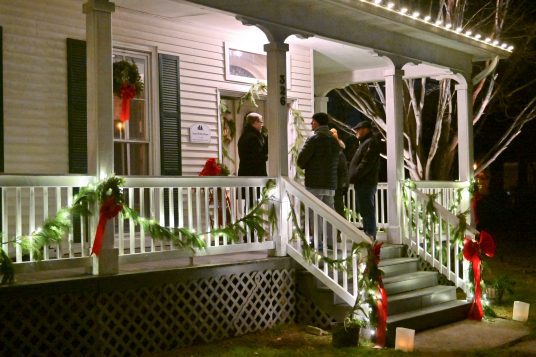
Scene from the Three Village Historical Society's 45th annual Candlelight House Tour. Photo by Bill Landon

Scene from the Three Village Historical Society's 45th annual Candlelight House Tour. Photo by Bill Landon
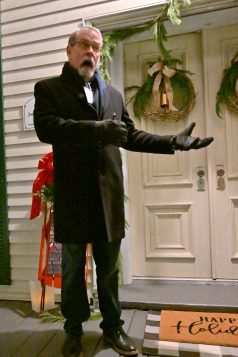
Scene from the Three Village Historical Society's 45th annual Candlelight House Tour. Photo by Bill Landon

Scene from the Three Village Historical Society's 45th annual Candlelight House Tour. Photo by Bill Landon

Scene from the Three Village Historical Society's 45th annual Candlelight House Tour. Photo by Bill Landon

Scene from the Three Village Historical Society's 45th annual Candlelight House Tour. Photo by Bill Landon
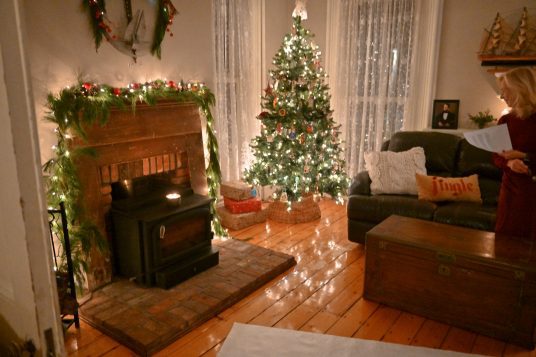
Scene from the Three Village Historical Society's 45th annual Candlelight House Tour. Photo by Bill Landon

Scene from the Three Village Historical Society's 45th annual Candlelight House Tour. Photo by Bill Landon

Scene from the Three Village Historical Society's 45th annual Candlelight House Tour. Photo by Bill Landon
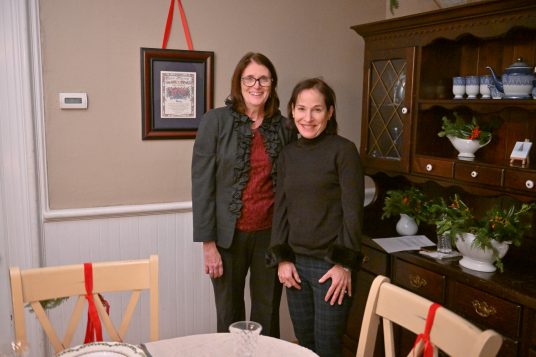
Scene from the Three Village Historical Society's 45th annual Candlelight House Tour. Photo by Bill Landon
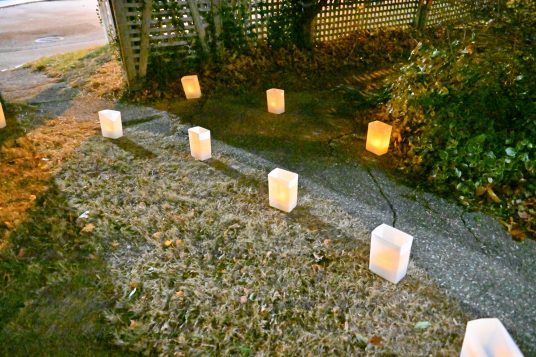
Scene from the Three Village Historical Society's 45th annual Candlelight House Tour. Photo by Bill Landon
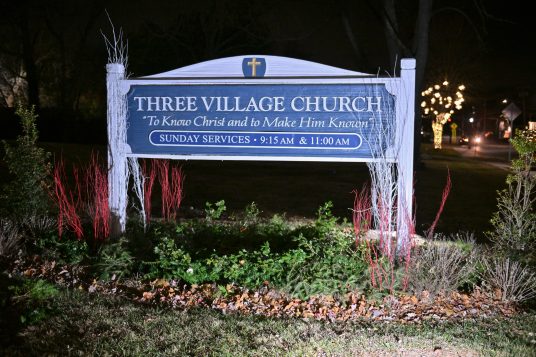
Scene from the Three Village Historical Society's 45th annual Candlelight House Tour. Photo by Bill Landon

Scene from the Three Village Historical Society's 45th annual Candlelight House Tour. Photo by Bill Landon
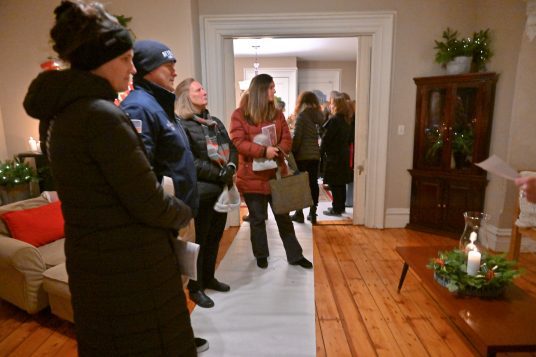
Scene from the Three Village Historical Society's 45th annual Candlelight House Tour. Photo by Bill Landon

Scene from the Three Village Historical Society's 45th annual Candlelight House Tour. Photo by Bill Landon
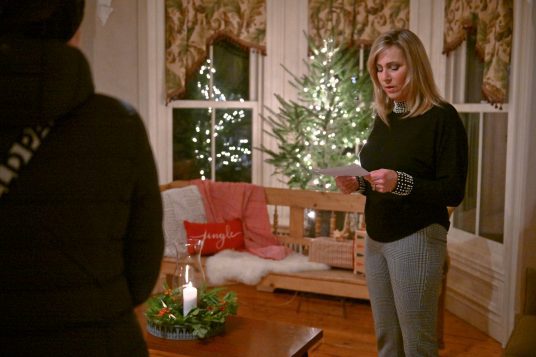
Scene from the Three Village Historical Society's 45th annual Candlelight House Tour. Photo by Bill Landon

Scene from the Three Village Historical Society's 45th annual Candlelight House Tour. Photo by Bill Landon

Scene from the Three Village Historical Society's 45th annual Candlelight House Tour. Photo by Bill Landon

Scene from the Three Village Historical Society's 45th annual Candlelight House Tour. Photo by Bill Landon

Scene from the Three Village Historical Society's 45th annual Candlelight House Tour. Photo by Bill Landon

Scene from the Three Village Historical Society's 45th annual Candlelight House Tour. Photo by Bill Landon
By Bill Landon
The Three Village Historical Society hosted their annual Candlelight House Tours on Dec. 6 and 7. It was the 45th edition of the time-honored tradition where six historical homes opened their doors for guided tours, offering a glimpse into yesteryear. These windows into the past took place in the East Setauket historic district this year.
To learn more about the TVHS, visit www.tvhs.org or call 631-751-3730.





